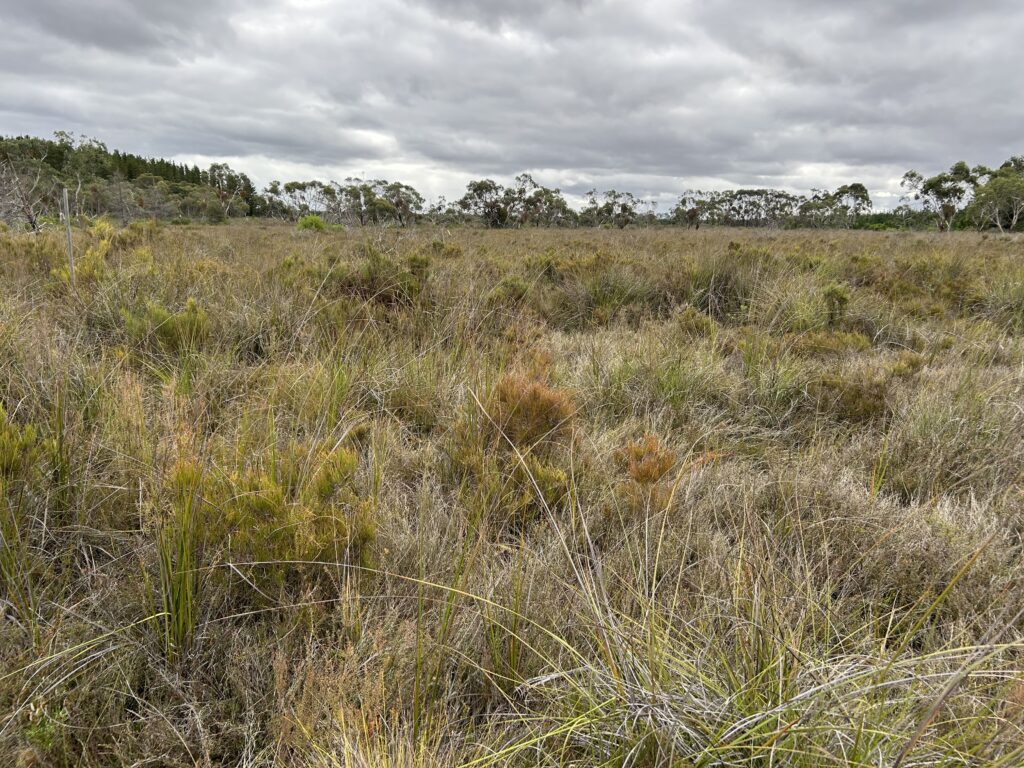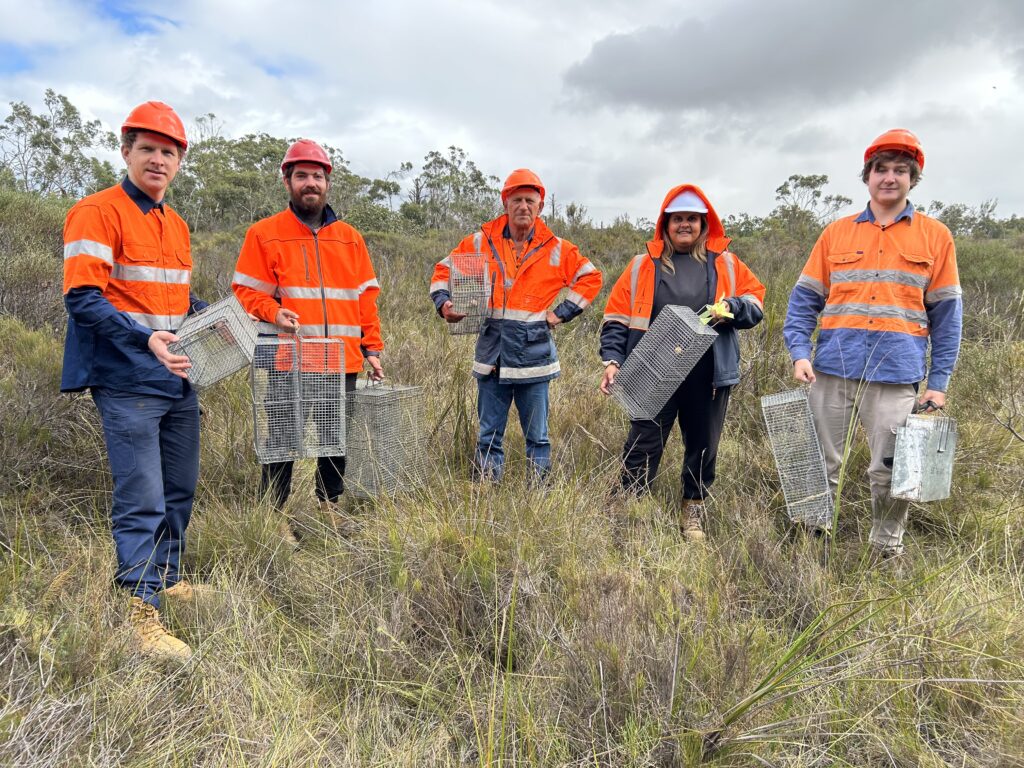Werrikoo Heathlands in the spotlight
Heathland is one of the oldest recognised ecosystems in the world and, in southern and western Victoria, is found on flat to gently undulating country. Typically, this ecosystem has nutrient-poor, acidic, sandy soils with vegetation comprised of a dense layer of low growing small-leafed shrubs, over sedges, lilies, prostrate shrubs and herbs. Occasionally small, spreading trees, will occur where the soil is deeper.
The key defining ecological feature of heathlands is that they are nutrient poor, along with their adaptable flora and fauna. Heathland mammals can consist of a broad range of species like large browsers (wallabies, kangaroos and wombats), to smaller ground omnivores and insectivores like bandicoots, potoroos and echidna. Small ground-dwelling insectivores, herbivores and omnivores are a significant feature including (antechinus, native rats, and native mice). Small to medium-sized arboreal (tree dwelling) mammals/marsupials can also be present including pygmy-possums, sugar gliders, possums, and bats.
Heathland birds are typical of adjacent woodlands, particularly those that feed near the ground however a few exceptions include Tawny-crowned Honeyeater, Southern Emu-wren and Striated Field-wren which are flagship species in the western Victorian and south-east South Australian heathlands.
The reptiles and amphibians of heathlands are mostly small ground-dwelling skinks, legless lizards, and snakes with a wide range of frogs which are common in wetter areas, like the Smooth Frog, but also some of which have a burrowing lifestyle (Banjo Frog).
A fabulous description of Victorian heathlands especially relating to how they derived the name ‘Heathland’ can be found on the Viridans Biological Database website here. The Werrikoo Heathland (as seen above) also includes trees such as Eucalyptus baxteri (Brown Stringybark), Eucalyptus ovata (Swamp Gum) and Eucalyptus viminalis (Manna Gum). Where the topography is higher and dry the dominant shrubs are tea-trees (Leptospermum) and stunted she-oaks (Allocasuarina); where the landscape is lower and waterlogged, paperbarks (Melaleuca) and large sedges (Gahnia, Lepidopserma an Carex) form dense thickets along the shallow watercourse.
In 2022, we completed pre and post-burn surveys of mammals at Werrikoo (read more here). We were looking for rare mammals like nationally threatened Heath Mouse (VIC: EN), and Swamp Antechinus (VIC: VU) to see if they were still present and where, after a prescribed burn in 2017. Both species were caught in a 2017 survey initiated by the Glenelg Hopkins Catchment Management Authority. This autumn, Timberlands Pacific requested a follow-up survey of the Werrikoo Heathlands as part of their active and long-term management and interest in this important area. Pleasingly, both of these nationally threatened small mammal species were detected this year.
A huge thank you to Fiona and the Burrandies Aboriginal Corporation crew for participating in the final days trap check and pack up.
The following short video shows the two main characters caught this April!
This survey was commissioned by;



